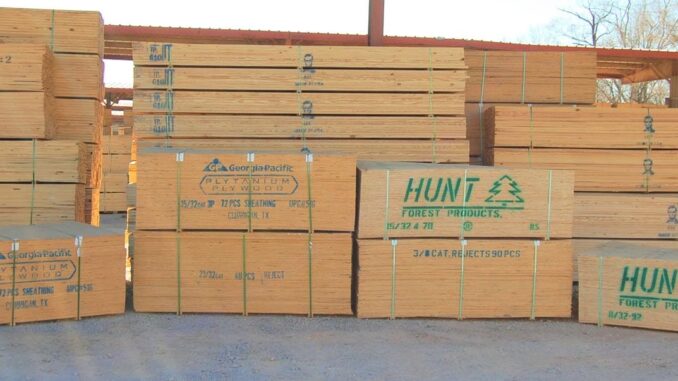
What Is RTD Sheathing and Why Is It Essential?
RTD sheathing is an essential component in modern construction. Whether you are building a new home or a commercial structure, it plays a vital role in providing protection and improving energy efficiency. For anyone involved in the building process, understanding what RTD sheathing is and how it works is critical for ensuring the longevity and durability of a structure. In this article, we will explore the meaning, function, materials, and benefits of RTD sheathing.
What Is RTD Sheathing?
RTD sheathing is a specialized material used in construction to provide thermal resistance and moisture protection. The acronym «RTD» stands for «Resistant Thermal Defense,» which accurately describes its function. It serves as a barrier that protects buildings from both temperature fluctuations and environmental factors like moisture, wind, and heat. RTD sheathing is often applied to exterior walls or roofs and is a crucial element in maintaining the structural integrity of a building.
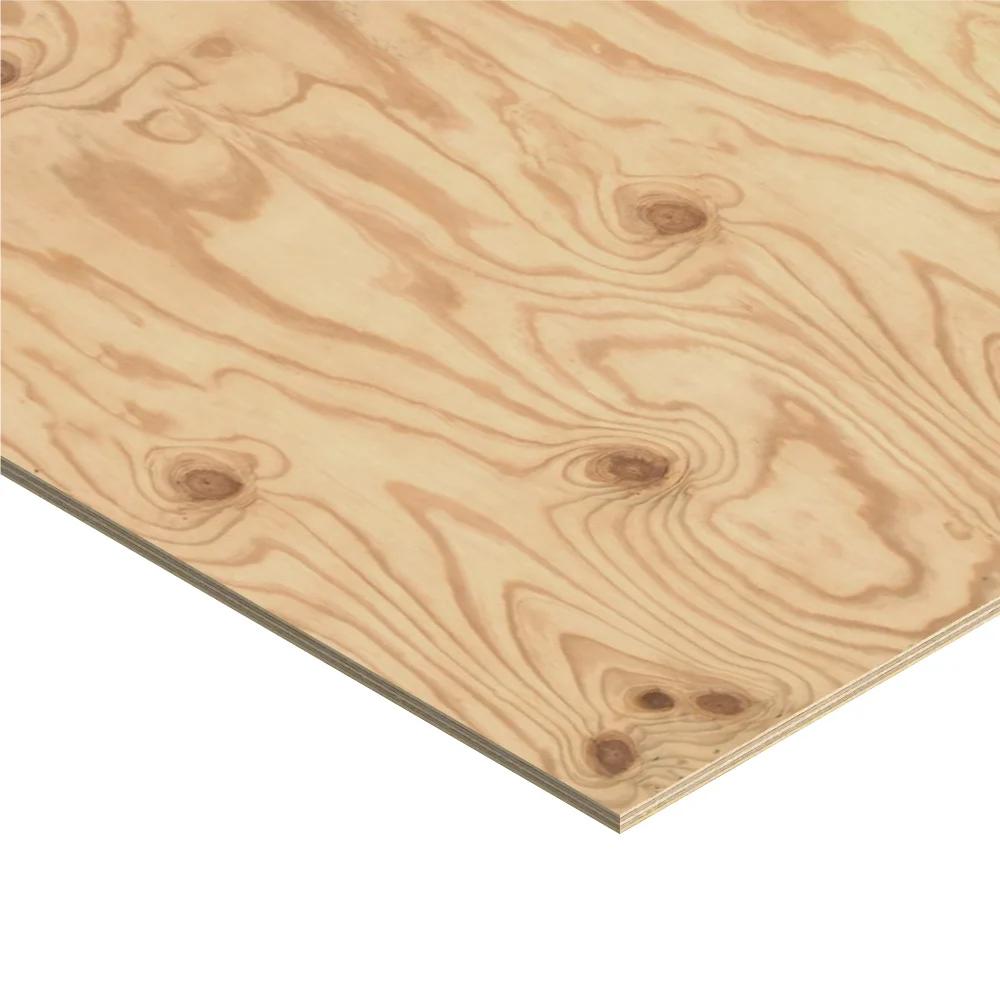
What Does RTD Sheathing Mean in Construction?
In construction, RTD sheathing refers to a protective layer installed on the exterior of a building, typically between the building’s structural frame and its outer cladding. The primary purpose of this sheathing is to add insulation, reduce energy loss, and provide moisture resistance. These qualities make it an indispensable part of modern building practices. The material used in RTD sheathing ensures that the building stays warm in winter and cool in summer while preventing water infiltration that could cause long-term damage to the structure.
How Does RTD Sheathing Work?
RTD sheathing works by offering a combination of insulation and protection. It helps to reduce the flow of heat between the interior of the building and the exterior environment. This insulation function helps to maintain a stable indoor temperature, reducing the need for excessive heating or cooling. During colder months, RTD sheathing helps keep warmth inside, while during hotter months, it prevents excessive heat from entering.
The moisture protection aspect of RTD sheathing is equally important. When properly installed, it acts as a barrier that prevents water from seeping into the building’s walls and causing structural damage. This also helps protect against mold and mildew growth, which can compromise air quality and the overall health of the building’s occupants.
What Is RTD Sheathing Used For?
RTD sheathing is most commonly used in both residential and commercial construction to enhance the energy efficiency and durability of buildings. It is used in the construction of walls, roofs, and even floors, wherever protection from temperature fluctuations and moisture is needed. In homes, RTD sheathing helps keep energy costs down by providing insulation that reduces heating and cooling demands. In commercial buildings, it enhances building performance by improving energy efficiency, reducing the need for air conditioning and heating.
RTD sheathing can also be used to comply with green building codes, as it contributes to a building’s overall sustainability and energy performance. Its application can help builders achieve LEED (Leadership in Energy and Environmental Design) certification or other energy-efficient building standards.
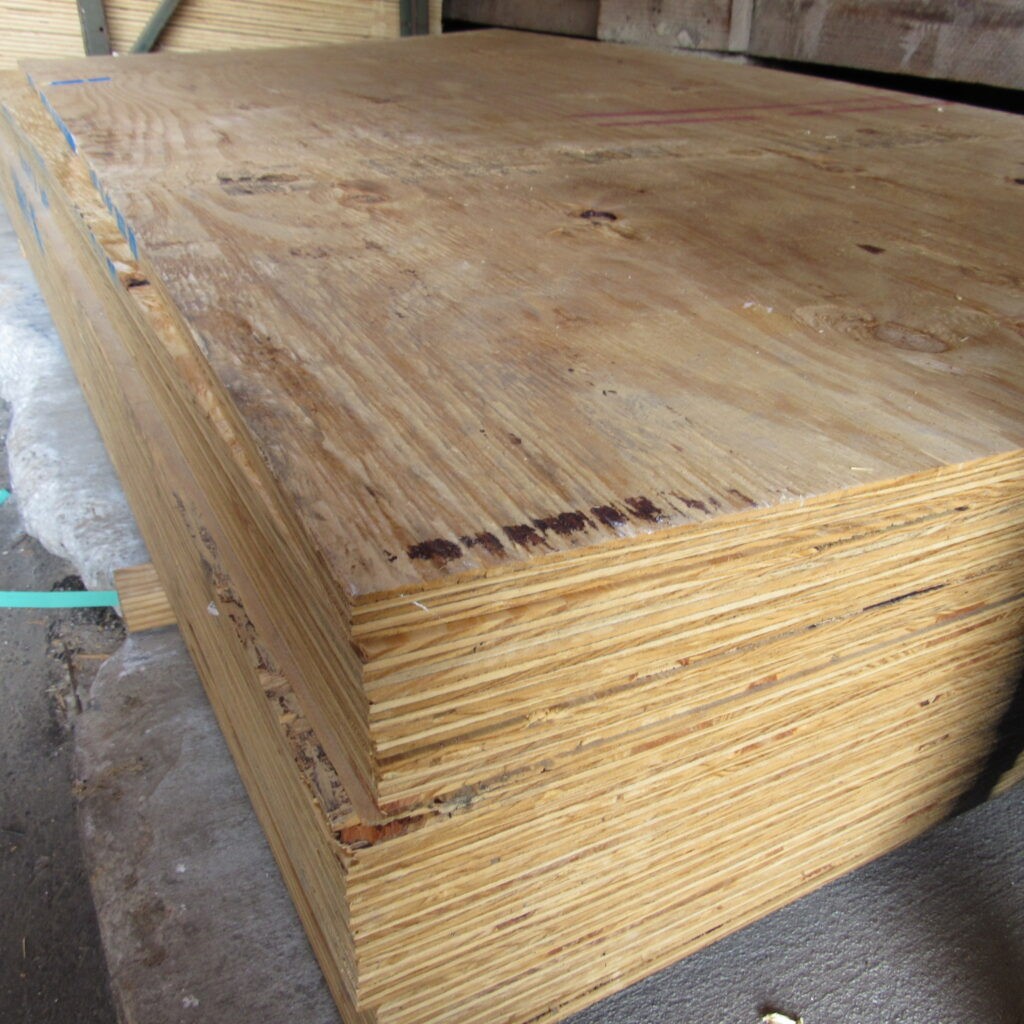
Types of Materials Used in RTD Sheathing
RTD sheathing can be made from a variety of materials. The choice of material typically depends on the specific needs of the project, such as the climate, the building’s energy goals, and budget. Some of the most commonly used materials in RTD sheathing include:
- Fiberglass Insulation: Fiberglass is a popular choice because of its excellent thermal resistance and soundproofing properties. It is effective in preventing heat loss and is also resistant to moisture, making it a durable and reliable material for RTD sheathing.
- Foam Board Insulation: This material is lightweight and offers excellent insulating properties. Foam board is often used in RTD sheathing because it provides superior protection against both heat and moisture. It is particularly effective in areas with extreme temperatures.
- Polyurethane Foam: Polyurethane foam is another material used in RTD sheathing. It has a high insulating value and provides superior protection against moisture. It is commonly used in areas where high insulation and moisture resistance are required.
- Mineral Wool: While less common, mineral wool is sometimes used for its excellent fire resistance, soundproofing, and thermal insulating properties. It’s an ideal material for use in areas where fire safety is a priority.
Each material offers unique benefits, and the choice largely depends on the specific requirements of the building and its location.
Why RTD Sheathing Is Essential for Energy Efficiency
One of the main reasons RTD sheathing has become so important in construction is its ability to improve a building’s energy efficiency. When installed correctly, RTD sheathing can dramatically reduce energy consumption by providing a better thermal envelope. This envelope ensures that the building retains more heat in the winter and keeps cool air inside during the summer.
In an era where energy costs are rising, the ability to minimize energy consumption through the use of efficient materials like RTD sheathing is more important than ever. Builders and homeowners alike can benefit from the long-term cost savings associated with a well-insulated and moisture-protected building. Additionally, reducing energy consumption not only saves money but also contributes to environmental sustainability by lowering the building’s carbon footprint.
What Does RTD Sheathing Refer To in Modern Construction?
In modern construction, RTD sheathing refers to the integration of advanced materials and techniques that ensure a building performs optimally. These materials are carefully selected based on their ability to insulate, resist moisture, and protect the structure from environmental elements. RTD sheathing goes beyond just energy efficiency; it helps create healthier living and working environments by preventing issues like dampness, mold growth, and air leaks.
By incorporating RTD sheathing, builders can create buildings that are more sustainable, comfortable, and durable. This is why RTD sheathing has become a staple in the construction of new homes, office buildings, and even industrial complexes.

What Is the Function of RTD Sheathing?
The function of RTD sheathing is multi-faceted. First and foremost, it acts as an insulating layer that helps regulate the interior temperature of a building. This insulation prevents heat from escaping during the winter and reduces the need for air conditioning in the summer. This, in turn, results in lower energy bills and a more comfortable living or working environment.
RTD sheathing also serves as a moisture barrier, protecting the building’s internal framework from water infiltration. Over time, exposure to moisture can weaken the structure, leading to costly repairs. By using RTD sheathing, builders can prevent such damage and extend the lifespan of the building.
Furthermore, RTD sheathing adds an extra layer of protection against external environmental factors. It can help shield the structure from wind, rain, and other weather conditions that can cause wear and tear over time.
Can RTD Sheathing Be Used in Both Residential and Commercial Buildings?
Yes, RTD sheathing is versatile enough to be used in both residential and commercial buildings. In residential homes, it helps improve the comfort and energy efficiency of the living space. In commercial buildings, RTD sheathing ensures that large structures remain energy-efficient and protected from moisture damage.
In residential buildings, RTD sheathing is often applied to exterior walls and roofs to provide insulation and moisture protection. This helps homeowners save on energy costs and create a healthier living environment. In commercial buildings, RTD sheathing is used to maintain consistent temperatures and prevent issues like condensation and mold growth. It also contributes to the overall durability and lifespan of the building.
What Type of Material is RTD Sheathing?
RTD sheathing can be made from several different materials, each of which has its own set of advantages. The most commonly used materials include fiberglass, foam board, and polyurethane foam. These materials are chosen for their excellent insulating properties, moisture resistance, and durability.
Each material provides a different level of thermal resistance and moisture protection, which is why the choice of material depends on the specific needs of the building. For example, foam board may be ideal for regions with extreme temperatures, while fiberglass is more suitable for areas with mild climates.
What Is RTD Sheathing in Construction?
RTD sheathing plays a critical role in modern construction by offering an effective solution for energy efficiency and protection. In addition to insulation, it provides a protective barrier against moisture, which is essential for preventing structural damage. Whether you’re building a new home, commercial property, or any other structure, RTD sheathing is an essential material for ensuring your building performs well over time.
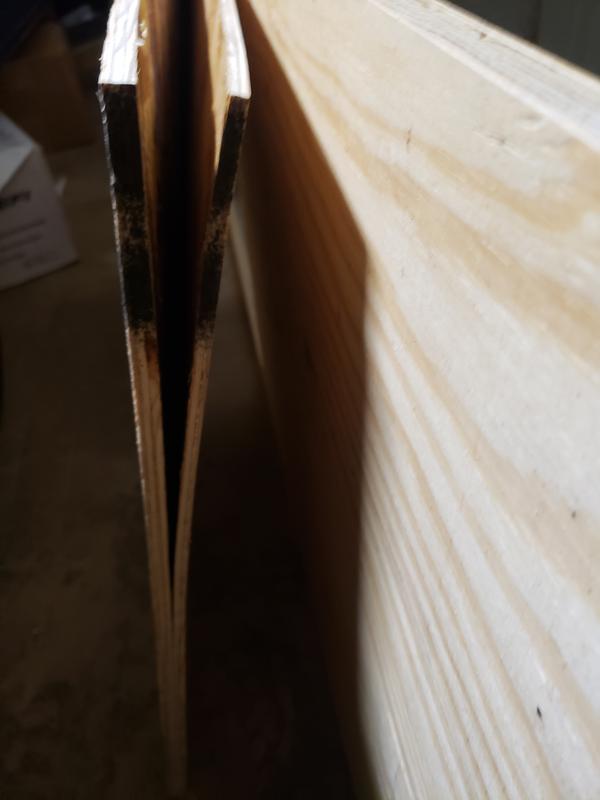
What Does RTD Sheathing Stand For in the Construction Industry?
RTD stands for “Resistant Thermal Defense,” which reflects the material’s primary function of providing thermal resistance and protection from external weather conditions. The “resistant” part refers to its ability to protect the building from environmental stressors, such as moisture and temperature fluctuations, while “thermal” refers to its insulating properties. Together, RTD sheathing serves as a comprehensive solution to the challenges faced by builders when constructing energy-efficient and durable buildings.
What Are the Benefits of Using RTD Sheathing?
There are many benefits to using RTD sheathing in your construction projects. Some of the most important include:
- Energy Efficiency: RTD sheathing helps reduce the need for heating and cooling by providing superior insulation.
- Moisture Protection: It helps keep moisture out of the building, reducing the risk of water damage and mold growth.
- Durability: RTD sheathing extends the life of the building by protecting it from the elements.
- Noise Reduction: It can help reduce sound transmission between rooms and from external noise sources.
- Eco-Friendly: RTD sheathing can contribute to the building’s overall sustainability and reduce its environmental footprint.
What Is the Purpose of RTD Sheathing?
The primary purpose of RTD sheathing is to protect the building from environmental factors while also improving its energy efficiency. It achieves this by offering insulation and moisture protection, ensuring the building remains comfortable and durable over time. By preventing issues like temperature fluctuations, mold growth, and moisture damage, RTD sheathing helps maintain a safe and energy-efficient environment.
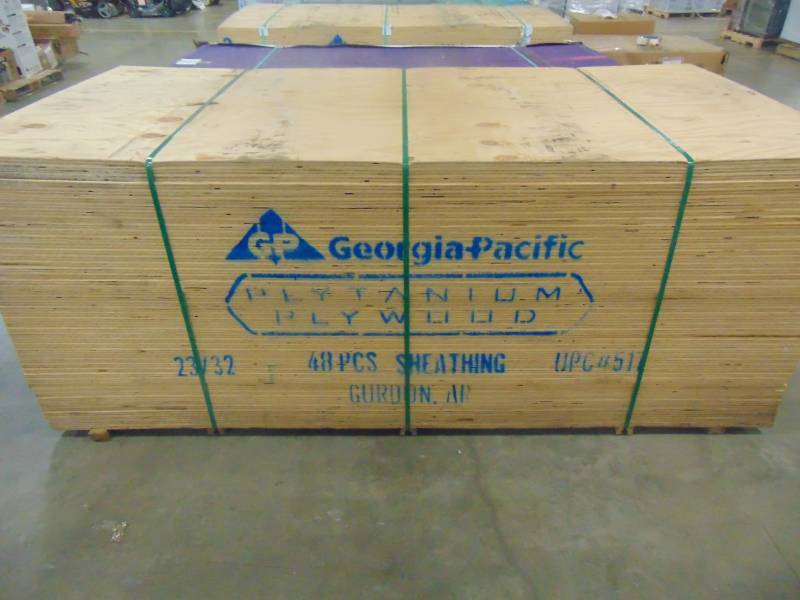
Can RTD Sheathing Be Installed by Homeowners?
While it is possible for some homeowners to install RTD sheathing themselves, it is generally recommended to hire a professional contractor. The installation process can be complex, and proper application is essential to ensure the sheathing performs as intended. A professional contractor will have the necessary expertise and equipment to ensure the sheathing is installed correctly and provides maximum benefit.
The Future of RTD Sheathing in Construction
As building standards become more stringent and energy efficiency becomes an even greater priority, the demand for materials like RTD sheathing is expected to rise. The technology behind these materials will continue to evolve, making them even more effective at insulating, protecting, and improving energy performance. In the future, RTD sheathing may become even more versatile, with improvements in material properties and sustainability.
Final Thoughts: Is RTD Sheathing the Right Choice for Your Building?
RTD sheathing offers a comprehensive solution for improving the energy efficiency and durability of buildings. With its ability to provide insulation, moisture protection, and resistance to environmental factors, it’s an essential material for any modern construction project. Whether you’re building a new home or a commercial property, RTD sheathing can help you achieve long-term energy savings and a more durable structure. By making it a priority in your construction plans, you ensure a building that performs well and stands the test of time.